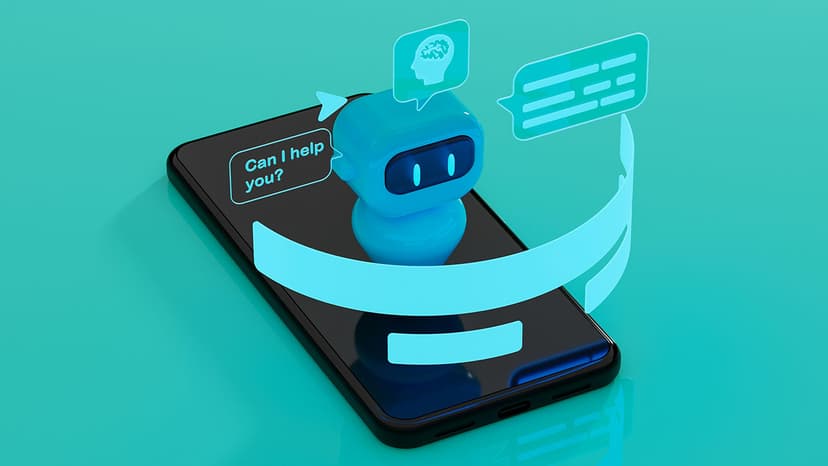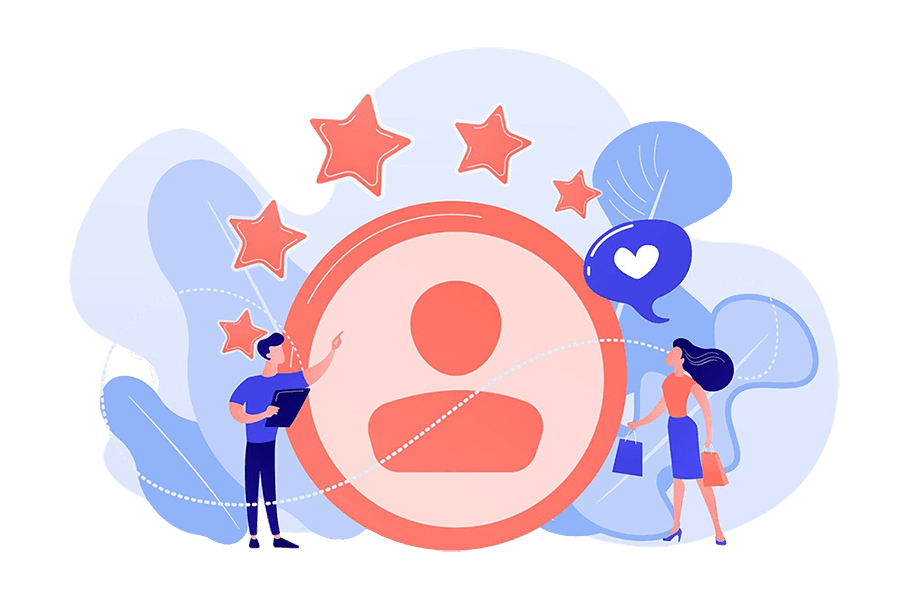How Do LLMs Like Llama Match Token Numbers to Words?
When exploring Large Language Models (LLMs) like Llama, a common question arises: How exactly does the model know what each numeric token represents in terms of actual words? Let's break down this fascinating aspect of language models.
What's a Token, Anyway?
Tokens are numeric representations of words or parts of words used by language models. Instead of processing plain text directly, models convert sentences into sequences of numbers for efficient processing. Every word or subword is assigned a unique numeric identifier, called a token.
Where Does Llama Store This Mapping?
When you download an open-source model like Llama, the relationship between tokens and actual words is stored explicitly in a file named tokenizer.model. This file comes packaged alongside the model's weights and configuration files.
A typical directory structure looks like this:
Html
This tokenizer file isn't plain text—it's stored in a binary format, commonly using SentencePiece, a popular tokenization system.
How Can You View the Token Mapping?
You can quickly access the token-to-word mapping by loading the tokenizer programmatically. Here's a straightforward method using Python and SentencePiece:
Quick Python Example:
First, install the library:
Bash
Then, load the tokenizer and view tokens:
Python
Running this script will print something similar to:
Html
Using Hugging Face to Explore Tokens
If you're accessing Llama through Hugging Face, you have another simple way to explore tokens:
Python
Why is Token Mapping Stored Separately?
Token mapping files are separate because the mapping doesn't change frequently after the model is trained. This separation simplifies model deployment, ensures consistency across various implementations, and makes customization easier.
The numeric-token-to-word relationship is stored explicitly in tokenizer files like tokenizer.model, making it easy for anyone to explore how models like Llama interpret and generate language. Next time you work with an open-source model, you'll know exactly where and how to find this critical information!












